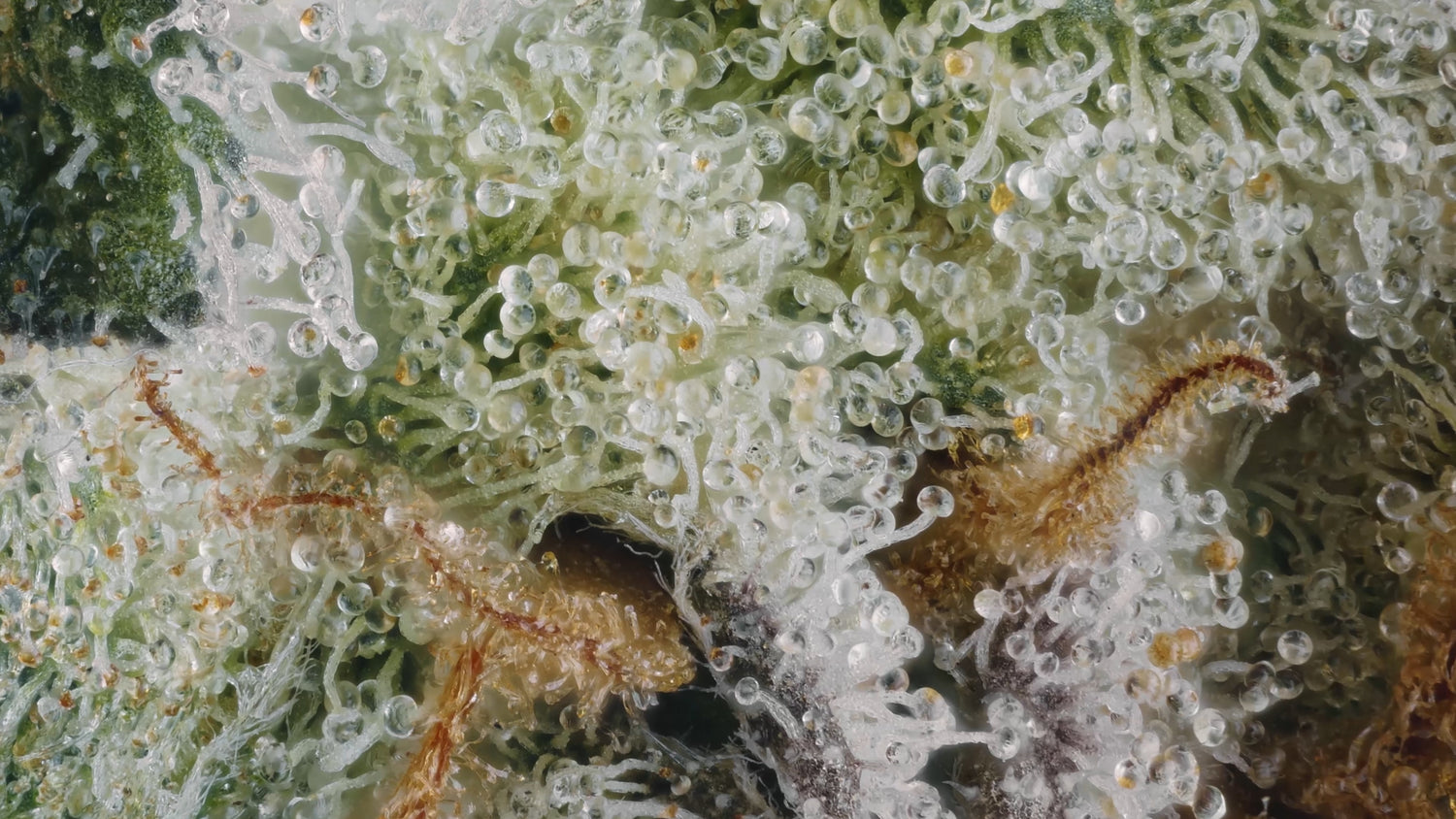Blue-Green Algae
Blue-green algae and blue spirulina, also known as cyanobacteria, and is awesome as a fertilizer for plants. The algae are high in protein and other nutrients that can benefit plant growth. It may also help to improve soil health by increasing the population of beneficial microorganisms.
Blue-green algae extract is rich in various nutrients that can benefit plant growth, including nitrogen, phosphorus, and potassium. These elements are essential for the development of strong roots, which are crucial for the overall health of a plant.
In addition to providing essential nutrients, blue-green algae extract may also help to improve soil health. The algae can form symbiotic relationships with certain types of plants, such as legumes, and can fix atmospheric nitrogen in the soil, making it more available to other plants.
The extract can also act as a growth stimulant for plants by promoting the growth of beneficial microorganisms in the soil. These microorganisms can help to break down organic matter, making nutrients more available to plants.
Overall, blue-green algae extract can be a valuable addition to a plant's diet, promoting strong root development, better soil health and more available nutrient uptake. However, it's important to note that the extract should be used in moderation, as overuse can lead to an imbalance of nutrients in the soil.
Algae as New Kids in the Beneficial Plant Microbiome
https://doi.org/10.3389/fpls.2021.599742
Blue Spirulina Extract
Blue spirulina extract is made from the blue-green algae Spirulina platensis. It is rich in nutrients such as protein, vitamins, and minerals.
In plant growth, blue spirulina extract has been found to have a positive effect on the growth and development of plants. Studies have shown that when added to the soil or used as a foliar spray, blue spirulina extract can improve plant growth, increase the number of leaves and branches, and enhance the overall health of the plant.
For example, a study published in the Journal of Applied Phycology in 2014 found that when blue spirulina extract was applied to tomato plants, it led to a significant increase in the number of leaves, branches, and fruits. The plants also had a higher chlorophyll content, indicating improved photosynthesis.
Another study published in the Journal of Plant Interactions in 2016 found that when blue spirulina extract was applied to wheat plants, it led to a significant increase in the plant's growth, biomass, and protein content.
References:
- "Effect of spirulina platensis on growth, yield and quality of tomato (Lycopersicon esculentum Mill.)" by S.A. El-Gendy, Journal of Applied Phycology, 2014.
- "Effect of Spirulina platensis on growth, biomass and protein content of wheat plants" by M.A. Al-Whaibi, Journal of Plant Interactions, 2016.
Phycocyanin Pigment
Phycocyanin is a pigment found in blue-green algae, including the species Spirulina platensis, which is known for its high concentration of this pigment. It is a water-soluble protein that has been found to have positive effects on plant growth and development.
A study published in the Journal of Applied Phycology in 2016 found that when phycocyanin was applied to tomato plants, it led to an increase in the number of leaves, branches, and fruits, as well as an increase in the chlorophyll content of the leaves.
Another study published in the Journal of Plant Interactions in 2018 found that when phycocyanin was applied to wheat plants, it led to an increase in plant growth and biomass, as well as an increase in the protein content of the grains.
A study published in the Journal of Plant Growth Regulation in 2018 found that when phycocyanin was applied to lettuce plants, it led to an increase in the antioxidant content of the leaves and improved plant tolerance to salt stress.
It's important to note that the optimal concentration of phycocyanin for plant growth depends on the plant species, growth stage, and environmental conditions. It's best to consult with a professional agronomist for more information.
References:
-
"Effect of phycocyanin extracted from Spirulina platensis on growth and yield of tomato (Lycopersicon esculentum Mill.)" by R.R. Zaki, Journal of Applied Phycology, 2016.
-
"Effect of Phycocyanin Extracted from Spirulina platensis on Growth, Biomass and Protein Content of Wheat (Triticum aestivum L.) Plants" by M.S. Al-Whaibi, Journal of Plant Interactions, 2018.
-
"Phycocyanin extracted from Spirulina platensis improves growth and antioxidant status of lettuce (Lactuca sativa L.) under salt stress" by E.A. El-Naggar, Journal of Plant Growth Regulation, 2018.
Superoxides
Superoxides, also known as superoxide radicals, are highly reactive molecules that are produced in small amounts in plants as a byproduct of normal cellular metabolism. They play a role in the defense mechanisms of plants against pathogens and in the regulation of gene expression.
Superoxides are generated in the chloroplasts, mitochondria, and peroxisomes of plant cells. In chloroplasts, they are generated as a byproduct of photosynthesis. In mitochondria, they are produced as a byproduct of cellular respiration. In peroxisomes, they are generated as a byproduct of fatty acid oxidation.
Superoxides have been shown to play a role in the defense mechanisms of plants against pathogens. They can act as signaling molecules, activating defense-related genes and triggering the production of pathogenesis-related (PR) proteins. Superoxides can also directly damage the cell membranes of pathogens.
Additionally, superoxides also play a role in regulating gene expression in plants. They can act as signaling molecules, by altering the activity of transcription factors and thereby regulating the expression of genes involved in stress responses, cell growth and differentiation, and other processes.
In summary, superoxides are produced in small amounts in plants as a byproduct of normal cellular metabolism, They play a role in the defense mechanisms of plants against pathogens, and in the regulation of gene expression. They are generated in the chloroplasts, mitochondria, and peroxisomes of plant cells.

